A Brief History of Solution Architecture
posted by Anna Mar, April 20, 2011There is one unstoppable architectural trend that has defined the history of solution architecture: layers.
As architects struggle to solve increasingly complex problems — they add more and more layers to solutions. Many of the architectural trends of the past thirty years such as high level languages, separation of concerns, MVC, ESB, SOA etc .... are all about adding layers to solutions.
The Beginning
Early applications were written in assembly code that provides a thin band of abstraction over the underlying machine code.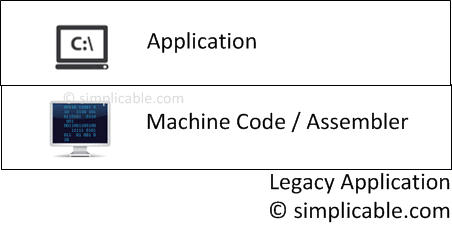
High Level Languages
Complied and interpreted programming languages eventually came along that provided higher level abstractions.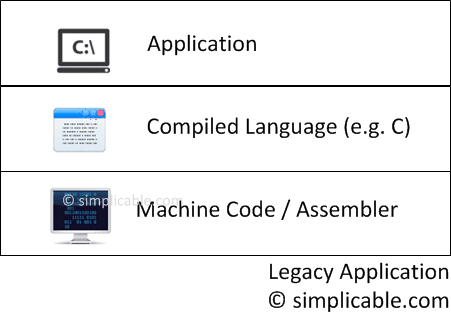
Separation of Concerns
In the early 1990s, separation of concerns (SoC) emerged as a popular design methodology. SoC seeks to encapsulate logic and hide information in logical application layers.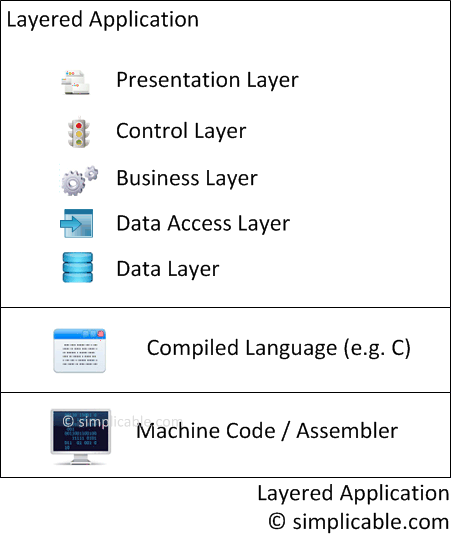
Enterprise Service Bus
By the late 1990s, many organizations had hundreds or even thousands of applications. Very few of these applications were standalone. Integration between applications became increasingly complex.Enterprise Service Bus emerged to decouple service consumers and producers — reducing dependencies between applications.
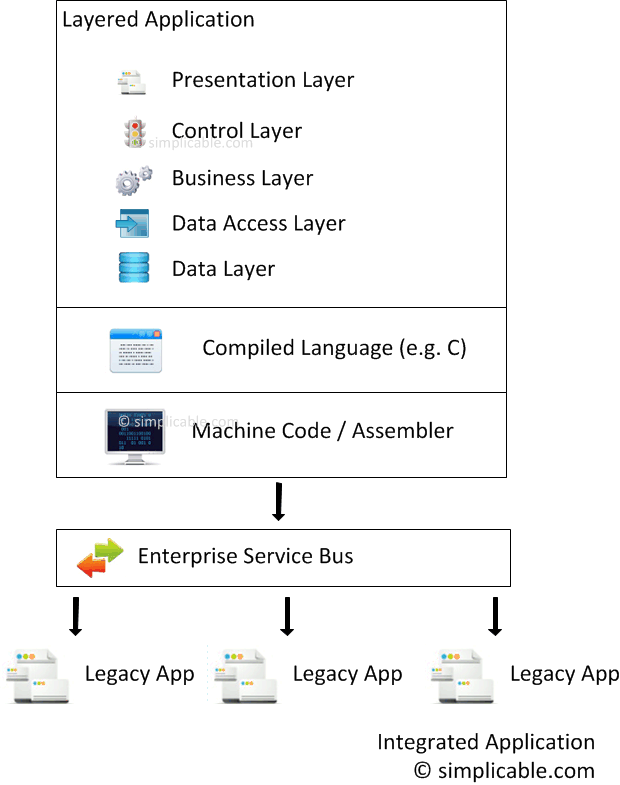
Service Oriented Architecture (SOA)
ESB greatly simplified integration — making it easier to build integrated apps. Eventually many applications relied on other applications for much of their data and processing. A sophisticated design methodology called SOA emerged to build loosely coupled, reusable, composable services.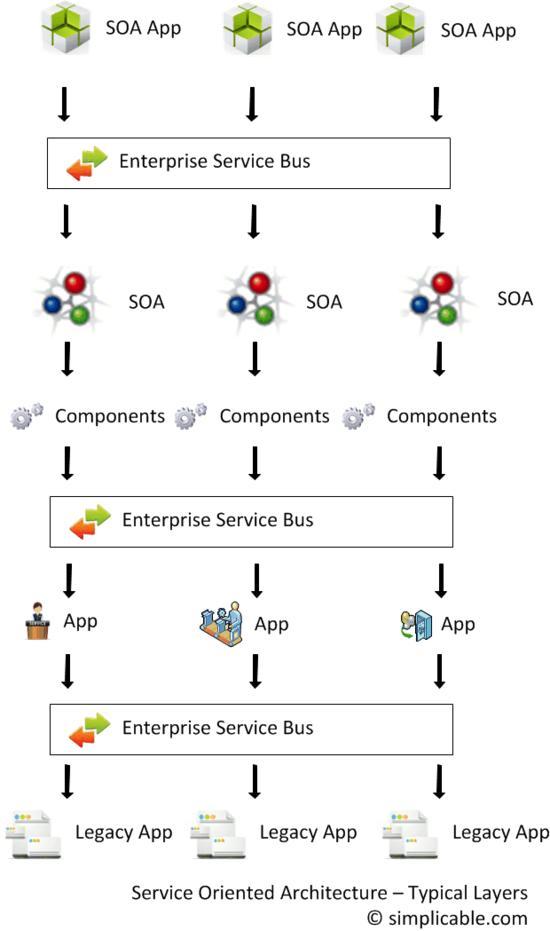
Mashups
Techniques also evolved to integrate applications at the UI level such as portlets and mashups. In this example, a webpage is composed of three mashups from three applications based on SOA. Now that's layering!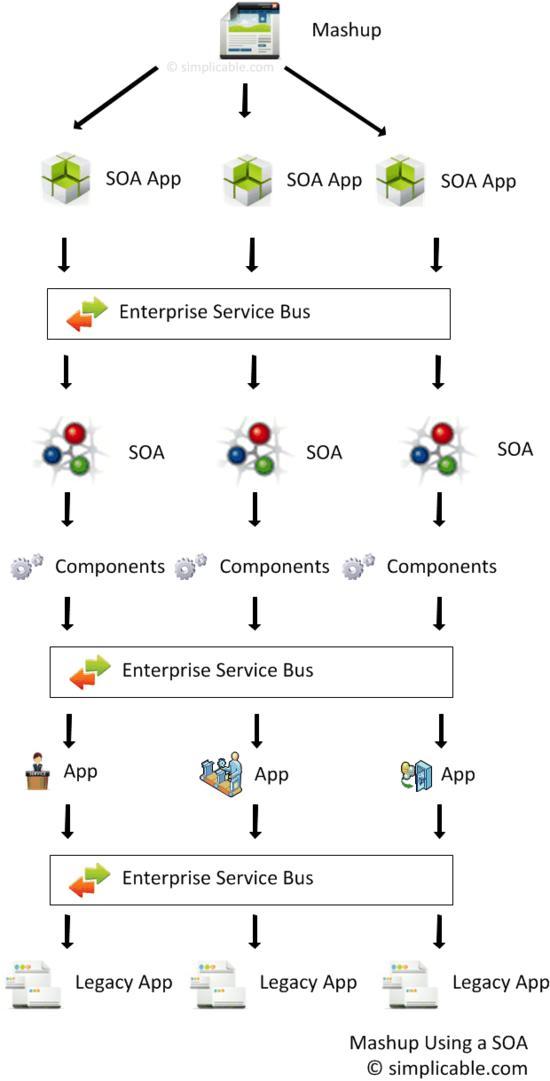
The Future
Layering divides and conquers — it is an effective way to solve problems. The layering trend will likely continue far into the future.The SOA design methodology allows SOA services to call each other. Conventions may emerge for layering SOA services.

|
Ever wonder when that hot new technology is going to get cheaper? Learn what really drives technology prices. |

|
Yes and no. There's no ITIL certification process offered by ITIL itself. However, an organization that's reached ITIL maturity can generally be ISO 20000 certified. |
Recently on Simplicable

| Business Capability Mapposted by Anna MarThe most important diagram in all of business architecture — without it your EA efforts are in vain. |

| 101 Principles of Enterprise Architectureposted by Anna MarThis is the way to prove to your stakeholders that your recommendations are not just whims. |

| The Big List of Information Security Vulnerabilitiesposted by John SpaceyUnderstanding your vulnerabilities is the first step to managing risk. |















